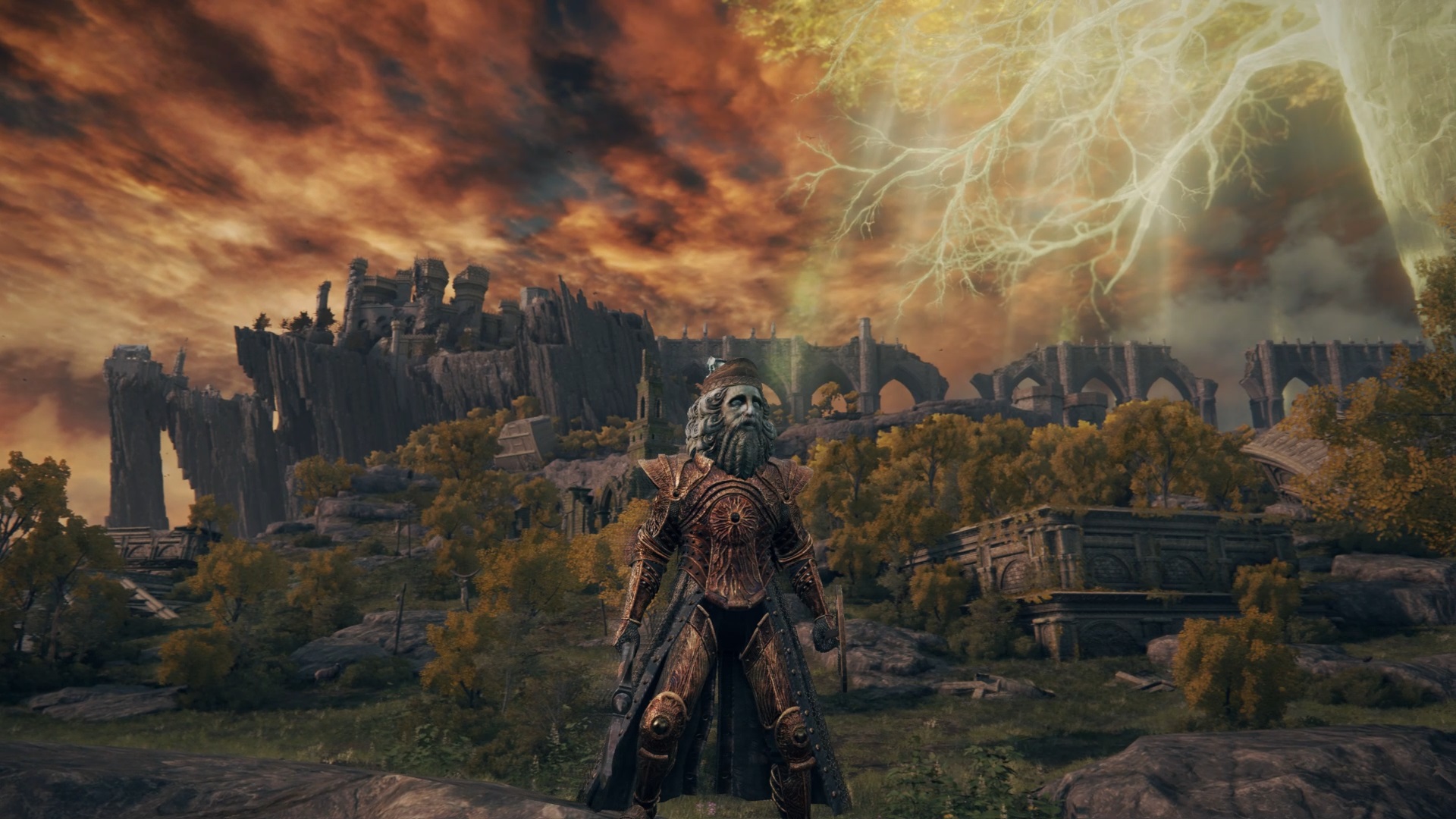Elden Ring's open world 'took a lot more effort' than previous Souls games
Sometimes, even the most hands-on designers need to procedurally generate some trees.

With Elden Ring just a few weeks away, it's entering that time when the fervor of the Souls faithful could perhaps be tinged with just a little bit of anxiety. Because at the same time as the prospect of Dark Souls expanding into an open world setting is tantalizing, isn't it also terrifying? Do those rolling fields conceal dungeons as intricate and distinctive as Dark Souls' Lordran or Dark Souls 3's Lothric? Can this open world still retain that sense of verticality—the kind of glorious contrasts like those between the sky-stabbing spires of Anor Londo and the bowels of Blighttown?
As if sensing that our faith is being tested, Edge Magazine has released an interview with Elden Ring creator Hidetaka Miyazaki. In it, he reveals how FromSoftware tackled its first truly open world game, and the challenges of merging this with the Souls formula.
In the interview, Miyazaki admitted that the reason Elden Ring was previously delayed was at least partly to do with the rigors of open world design. "The level of freedom that we wanted to ultimately achieve in Elden Ring exceeded what we were initially planning for," he told Edge. "This [complexity] gradually built up, and the time needed to debug and QA in particular took a lot more effort."

The open world presented pacing challenges that the team wasn't used to. Where Dark Souls was often tight and claustrophobic, pushing us into a constant state of twitchy alertness, the open world of Elden Ring will inevitably offer some quieter moments. "There are a lot of areas in which we’ve had to use trial and error since creating the Dark Souls series, iterating on those mechanics and formulas, expanding on them in this new sense of scale," said Miyazaki. "A lot of it was related to the game tempo—the rhythm and the flow of the game, to keep the player from getting bored."
Where I suspect not a single tree throughout the first three Souls games was placed without some designer's hands-on input, FromSoftware had to master some open world design tricks to vegetate the world of Elden Ring. Miyazaki said that around 80% of the task of vegetation and tree placement in the game was handled using a procedural system, allowing the team to focus on other areas.
Crucially, the grander scale of Elden Ring—for all its design challenges—will ultimately enhance the sense of exploration, world building and mystery that defines FromSoftware games, according to Miyazaki. "It actually allowed us to convey a lot of these details and elements that we maybe couldn’t before on that smaller scale."
And with that, perhaps we can rest a little easier as we approach the February 25 release date of FromSoftware's most ambitious game to date.
Keep up to date with the most important stories and the best deals, as picked by the PC Gamer team.
Robert is a freelance writer and chronic game tinkerer who spends many hours modding games then not playing them, and hiding behind doors with a shotgun in Hunt: Showdown. Wishes to spend his dying moments on Earth scrolling through his games library on a TV-friendly frontend that unifies all PC game launchers.

